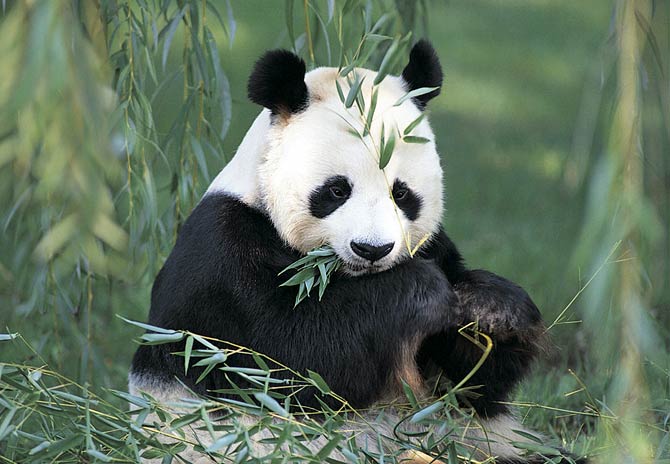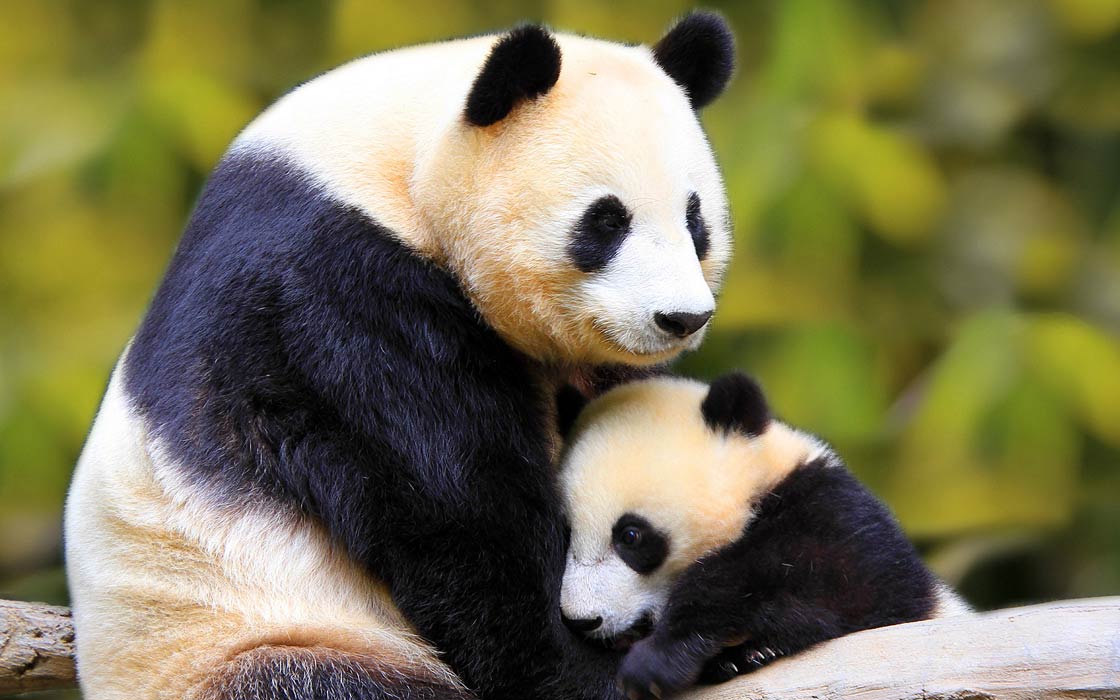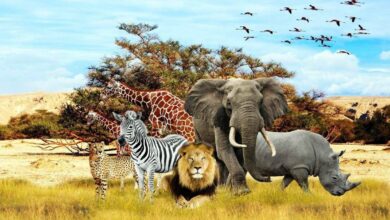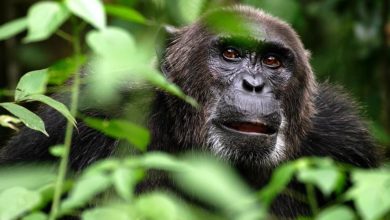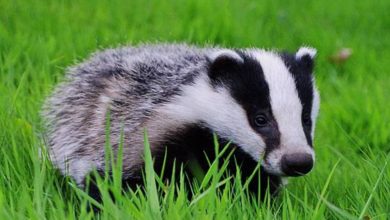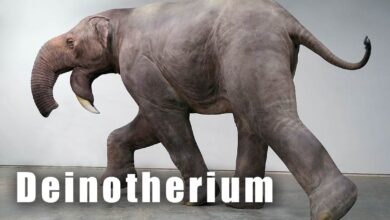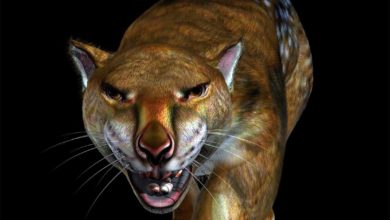Giant panda (Ailuropoda melanoleuca)
The giant panda is an animal whose existence was discovered relatively recently in Europe (in 1869). It has long been classified in the raccoon family as a distant relative of the little panda, but genetic studies have shown that the giant panda is related to the bears from which it split off in the early development of the bear (Ursidae) family. Its closest relative is the Andean bear / spectacled bear (Tremarctos ornatus).
Characteristic
Giant pandas are medium-sized bears with a very strong build. Giant pandas are limited to a few mountainous areas in southwest China with bamboo forests growing there.
Pandas are vegetarians
Giant pandas are vegetarians, feeding mainly on young canes of a variety of bamboo. It does not bloom all year round, so at certain times the pandas do not have food and often starve. That is why they sometimes eat birds and snakes tangled in the bushes.

A loner by choice
Giant pandas live alone and spend most of their time eating bamboo shoots. They live in dense thickets, so observing their lives is not easy. Pandas produce offspring extremely rarely, which, apart from poaching, is the main reason for their extinction.
Fur
Panda has thick fur with a characteristic white and black coloration with yellow, brown or red patches. Such colors provide the bear with good camouflage against predators in the environment of bamboo thickets and leaves of tree branches.
Population
Giant pandas, despite being protected – due to their fur – often fall prey to poachers. Despite the efforts made for this species, its population is declining every year. It is estimated that only 1,800-1,900 of these animals are currently living in the wild.
The original range of the giant pandas covered large parts of eastern China and Myanmar. The decline began in the late Pleistocene, for which both climatic changes and the spread of humans are responsible. Hunting for the fur and for zoos, continued to decimate the populations until they were placed under protection in 1939.
Poaching and fur trade are subject to draconian penalties in China, and there have even been death sentences for these offenses. Reasons for the decline in populations were also the progressive settlement of their habitat, which split the range into three parts, and the associated genetic narrowing.
Another factor is the periodic death of large bamboo forest areas every 15–120 years (most recently at the beginning of the 1980s). Areas with blooming bamboo forests could then often not be reached by the pandas, because large human settlements and cultivated land lay in between. However, the distribution areas of the giant pandas have been protected since 1998. Another reason is the slow reproduction rate.
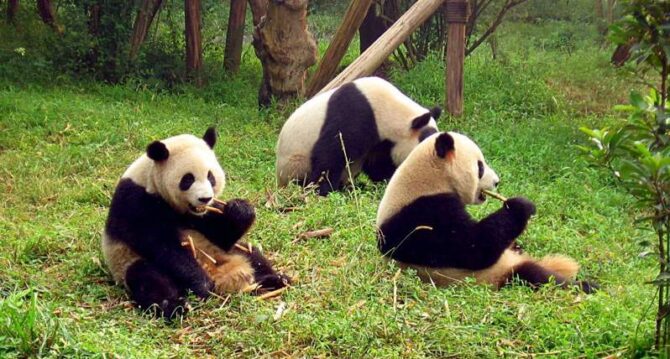
Giant panda – interesting facts
- There is also a red panda (Ailurus fulgens), that is related to raccoons.
- Until recently, it was believed that the giant panda belongs to the raccoon family. Only by using modern laboratory methods, it turned out that, the panda is related to bears.
- The giant panda is a very mysterious animal. It is still unknown whether they are nocturnal or daytime animals. It is also a mystery how many years they live in the wild and whether they hibernate.
- The panda has an extra thumb on its front legs, which it only serves for grasping bamboo shoots and removing leaves.
- In Europe, the existence of a giant panda was not found out until 1869.
- Pandas are usually active at dawn and dusk, but are also found at night and during the day.
- Pandas usually live alone. They occupy a small territory with an area of 4-6 km²
- Pandas are unlikely to be in contact with each other.
- Panda eats about 38 kg of plants per day.
- The giant panda lives in bamboo forests at an altitude of 1600-3500 m above sea level. (in winter it goes down to 800 m above sea level).
- Although pandas are predators, in practice they mainly eat bamboo shoots.
- The male of the panda is heavier than the female, but it is very difficult to tell both sexes apart.
- Panda likes to climb trees.
- The giant panda Jīngjing was one of the five mascots of the 2008 Summer Olympics in Beijing.
- In the US, National Panda Day is celebrated on March 16.

Detailed data / size
The giant panda, bamboo bear (Ailuropoda melanoleuca)
- Height at the withers: 60 to 90 cm (24 to 35 in)
- Body Length: 1.2 to 1.9 m (3 feet 11 inches to 6 feet 3 inches)
- Tail length: 10–15 cm (4–6 in)
- Weight:
- males: up to 160 kg (350 lb))
- females: 70 kg – 125 kg (150 – 276 lb)
- Sexual maturity is reached at the age of 5-6
- Mating season: from March to May
- Number of pups in a litter: 1-3, usually only one survives
- Life expectancy: 20-30 years
- Population: about 1800-1900 individuals
Classification
- Kingdom: Animalia
- Phylum: Chordata
- Class: Mammalia
- Order: Carnivora
- Family: Ursidae
- Genus: Ailuropoda
- Species: A. melanoleuca
